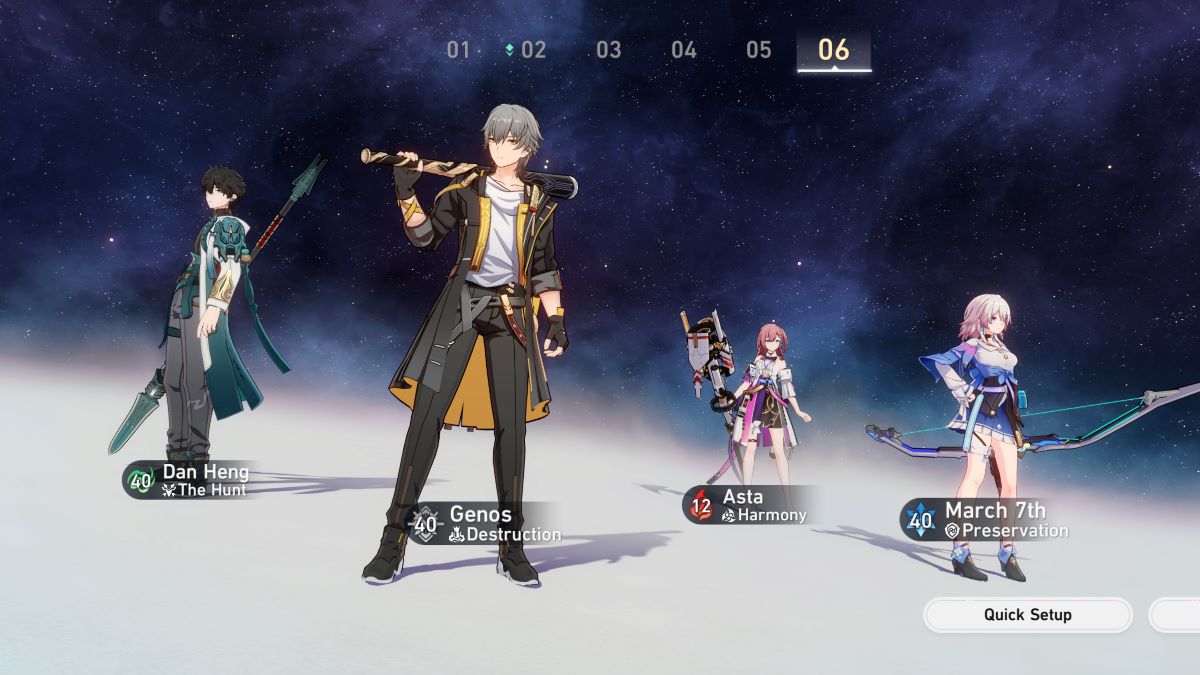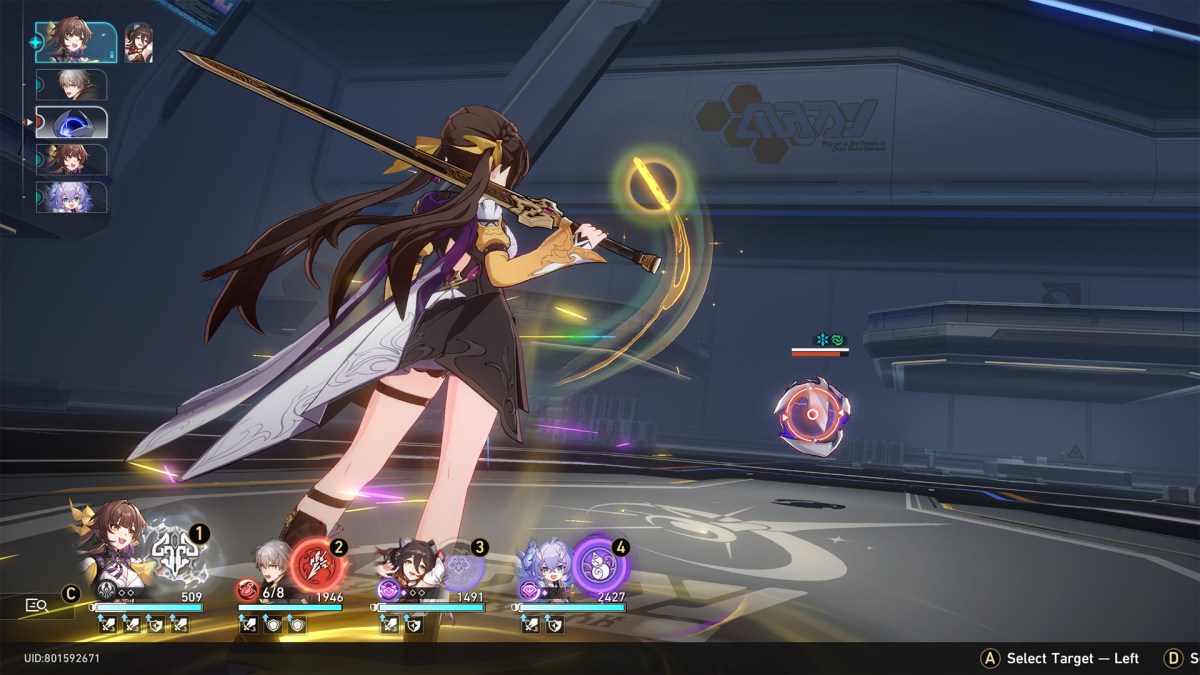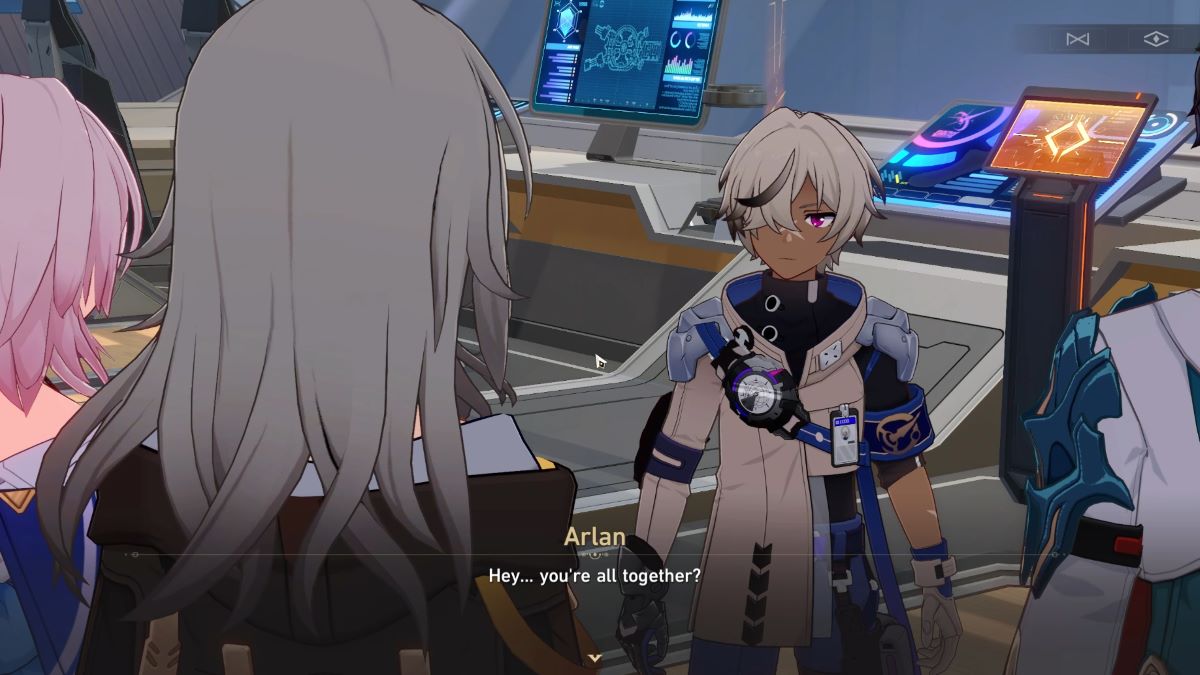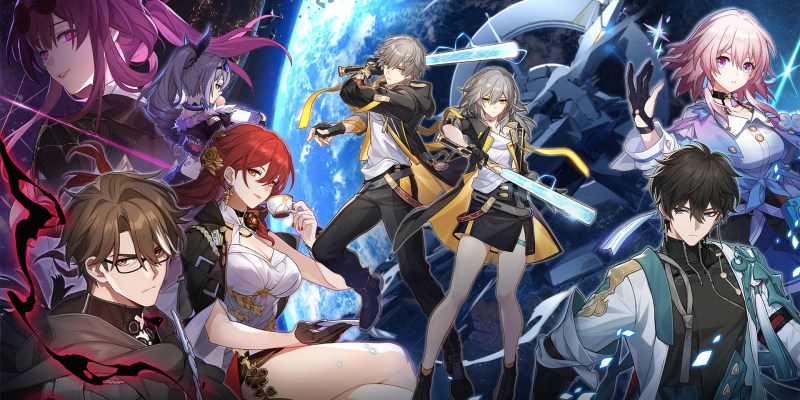Honkai: Star Rail looks a lot like a big-budget RPG. Its character models are crisp, its battle animations feature dynamic camera work, and it has copious amounts of dialogue. It has a large cast of anime-ass characters with funny little quirks, and the comedic writing is hilarious. Unfortunately, the places it differs from the RPG formula are also the places it fails.
In most RPGs, you level up by playing the game. You can grind to become more powerful if the game is too difficult or avoid combat if you want to speed things up. Fundamentally, experience is simple to understand and performs many roles at once. If you were going to replace this system, you would need to be careful.
In Honkai: Star Rail, you gain experience by spending items that represent experience. On its own, that doesn’t sound too bad. You collect experience items by completing quests, running daily battles, and sometimes through regular combat. It’s an unnecessary extra step, and you’ll sometimes have to grind for extra XP items because you end up needing a lot of experience — but you could say the same of traditional experience systems. The real issue comes with the level cap.
Each 10 levels, you’ll have to use specific items depending on your character type to allow your character to level further, referred to as “Ascending” your character. These items, of course, are not things you’d generally get by playing the story quests. No, they’re almost entirely confined to repeatable fights that cost “energy” that replenishes in real time. Once you do a few of these battles and run out of energy, you must spend resources, wait a day, or pay real money in order to continue grinding out materials to level up your characters.

It’s even more complicated than it has to be because there are so many damn items. You’ll need one of nine elemental materials, as well as a less rare material obtainable by beating up certain enemies. You’ll need to check which materials you need and in what quantities, then grind it out. But wait, you’re not done, because there are seven “paths,” each with their own upgrade material that you’ll need to upgrade your character’s skills depending on which path they follow. Each character also needs a Light Cone, and guess what, these have level caps too! You’ll need to spend experience items of a different kind, as well as many of the same ascension materials based on the seven paths.
This is only magnified by the fact that Honkai: Star Rail is a gacha game, and you are encouraged to keep accumulating new characters. I currently have 13 characters out of a possible 22, and every time I get a new one, I need to decide whether I want to go through the tedium of leveling them up. It’s ideal to have at least a character of every element, but you also might train a weak 4-star character until you roll a 5-star — and then end up having to train both. Every character you unlock is exciting, given the low drop rates, but also locks you into more grinding.
The ascension system is, to be frank, a confusing and terribly designed system. It’s time-consuming, highly specific, forces you to use several levels of menus, and makes you grind using the daily energy. It makes each new character a laundry list of menu clicks and grinding and reduces party flexibility unless you’re willing to grind.
The point of this isn’t really to be fun. It is designed to be time-consuming and money-hungry. If the game keeps you playing longer and keeps you coming back every day, they can sell you more things, like more gacha pulls for the new characters the developer plans to release.

These sort of tedious and confusing leveling mechanics aren’t unique to Honkai: Star Rail. Similar mechanics show up in Genshin Impact, another of HoYoverse’s titles; Dragalia Lost, which ended service last year; Fire Emblem Heroes, a Nintendo mobile game; and dozens of other games. This is essentially the modus operandi of free-to-play games: Make things worse on purpose to squeeze money out of you.
There are a few additional hurdles to gearing up a character in Honkai: Star Rail, but I think I’ve made my point. I could describe the leveling system of most RPGs in a paragraph or two, and they might even involve interesting choices about how to build your character. Honkai: Star Rail is more complicated and less interesting.
With everything I’ve said, you might get the impression I despise the game, but it’s more that I’m disappointed to see such a fun game made worse on purpose. The combat system has a focus on using elemental weaknesses to break the enemy’s guard, but it also has a speed-based turn order and unique character abilities that lend the game some satisfying depth. It’s not quite like any other turn-based RPG combat systems I’ve played.
On top of the combat, the writing is genuinely outstanding at times. While the overall plot is a bit predictable, the game is packed with hilarity that makes the characters shine. You’re often given multiple dialogue options, with at least one being a sharply written joke, and investigating objects in the environment can lead you to discover the protagonist’s affinity for bins, or get wistful about a fence. There’s even a cute little system that rewards you for doing good deeds with an item representing your high morals, which you can then trade away to do things like ransack an abandoned suitcase or steal from a wishing well.

The battle animations, while perhaps too slow without leaving them on double speed, do a great job of both communicating character and looking cool. One character sends out a massive chicken-like phoenix for their ultimate, and another calls down a satellite laser. The game is ridiculous and fun at times.
But despite all the things I love about it, Honkai: Star Rail is hamstrung by its gacha mechanics and its poor leveling system. I can’t in good faith recommend anyone play this game because it is trying to exploit you, and it does so by intentionally being worse than other RPGs you could play.
There is one more way to strengthen your characters: If you unlock them through the gacha seven times, each duplicate will increase your character’s strength. While this doesn’t seem necessary to me right now, its possible future content could be difficult enough that it’s needed. That’s a terrifying thought given that 5-star drop rates are between 0.6% and 1.6%, and that is further split between eight 5-star characters at present, with that number sure to increase. Getting any specific character is a nightmare and could easily cost thousands of dollars — or tens of thousands of hours of grinding.
You know, it’d probably be cheaper to buy every Shin Megami Tensei game released since the PlayStation 2. Maybe I’ll go finish a couple of those instead.
